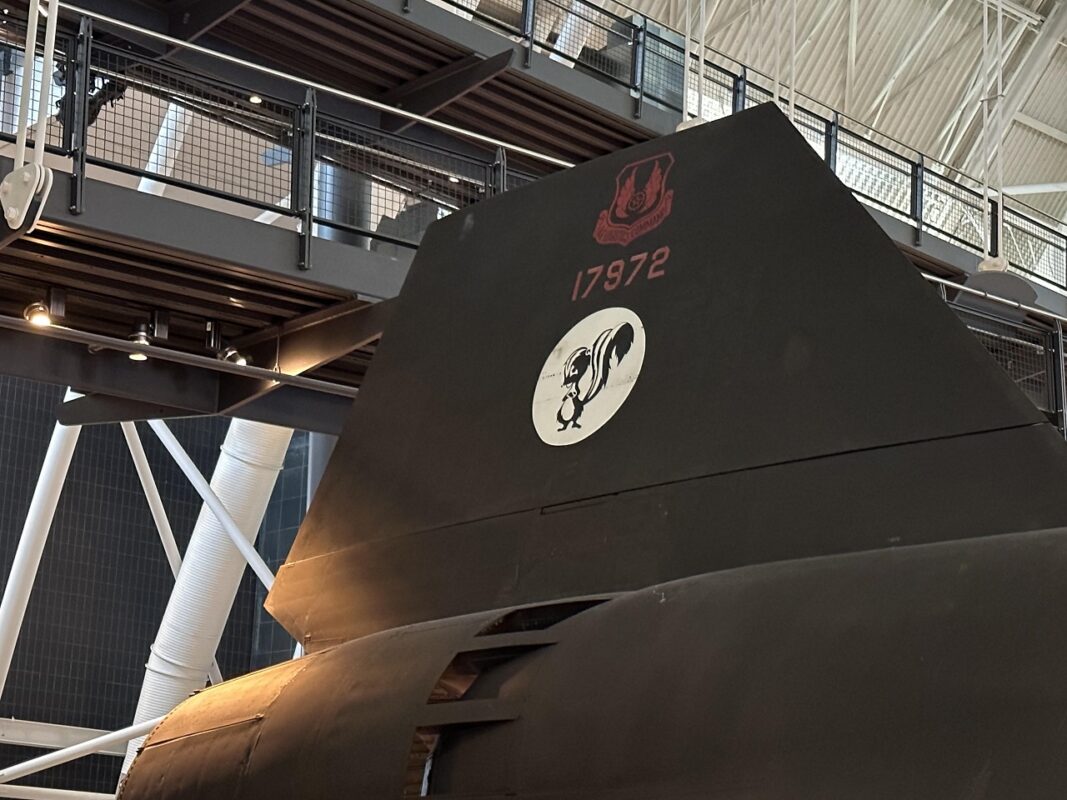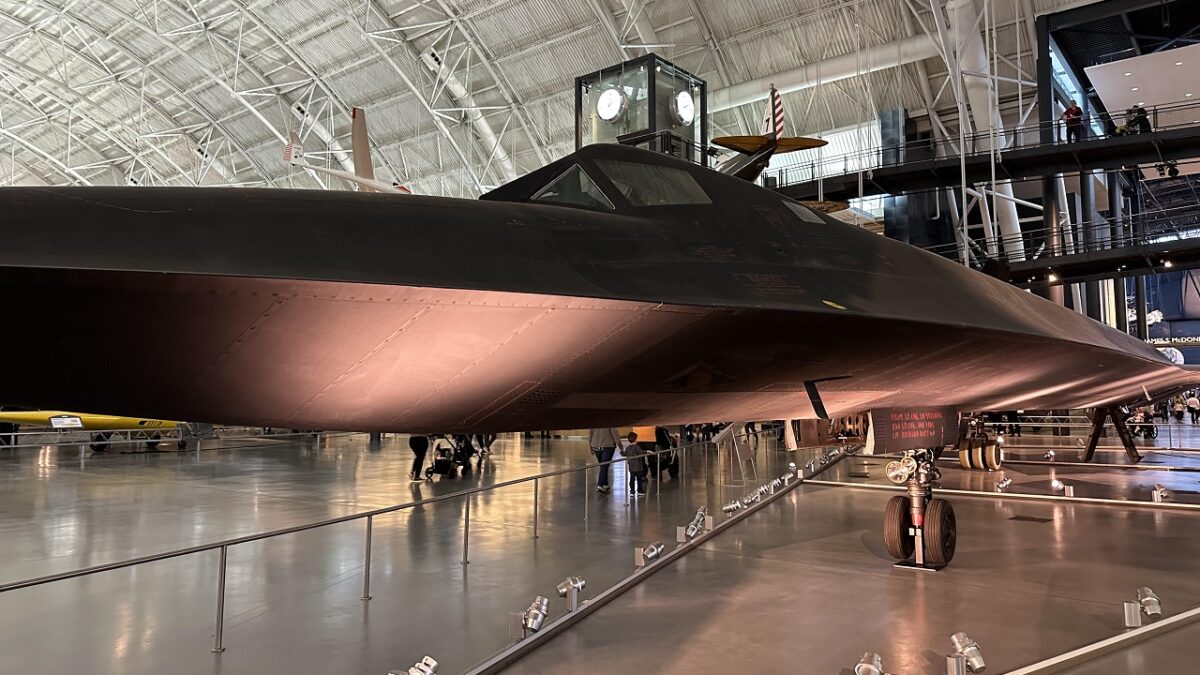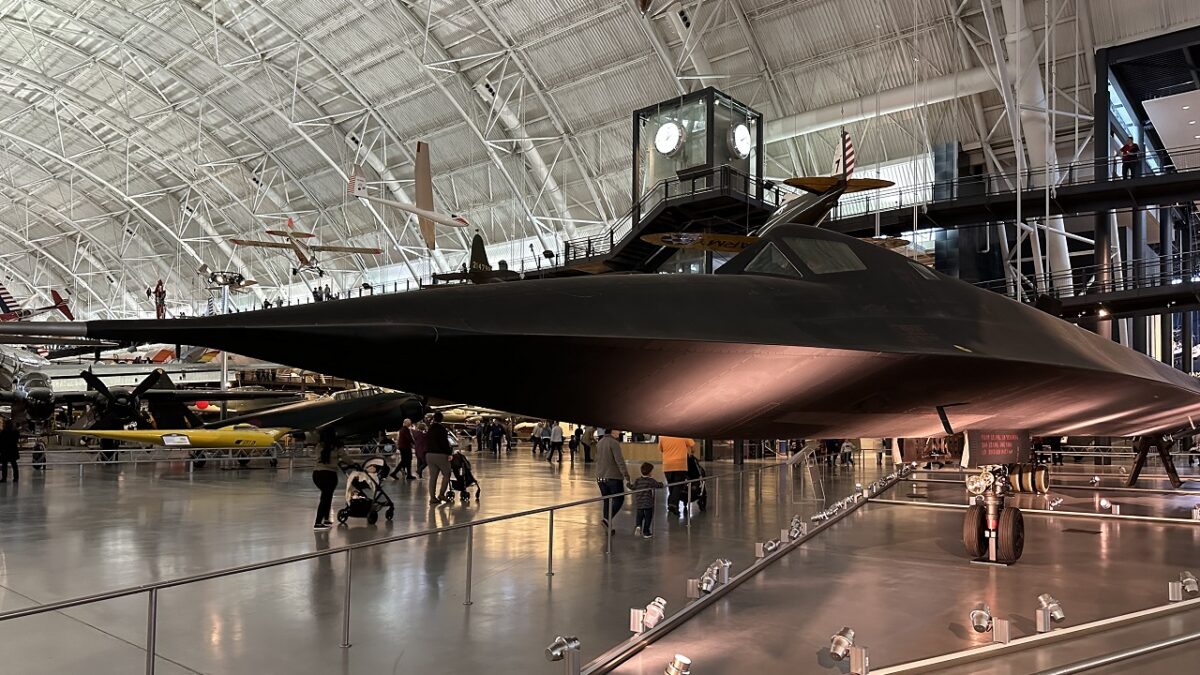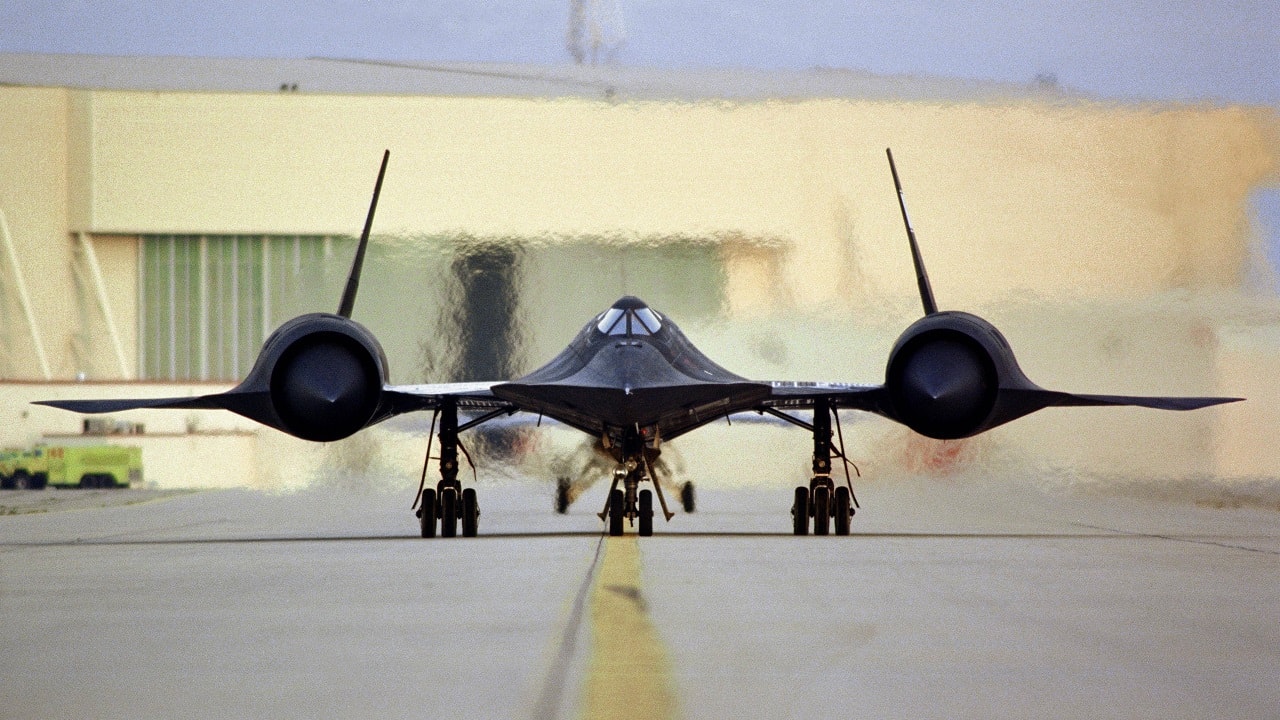In 1985, an administrative sergeant assigned to America’s SR-71 unit attempted to sell top-secret intelligence about the airframe to the Soviets. Ultimately, the sergeant was arrested and deemed deranged before the Soviets could get their hands on the U.S. military’s premiere jet at the time.
(Subscribe to Our YouTube Channel Here.)
Even today, the Blackbird remains the fastest jet ever by orders of magnitude.
The Blackbird Emerged from the Ashes of a Shot Down U-2
The true capabilities of the SR-71 “Blackbird” spy plane remained a mystery for decades following the airframe’s introduction. The long-range, high-altitude reconnaissance aircraft was initially developed by the Lockheed Corporation as a continuation of the pre-1962 bomber series.
In 1960, a U.S. U-2 spy plane was shot down by a surface-to-air missile fired by the Soviet Air Defense Forces while operating deep inside Soviet territory. After this incident, the U.S. military prioritized the design and production of a reconnaissance aircraft capable of outrunning adversarial interceptors and missiles. The inception of the Blackbird registered at this moment, as Cold War tensions were just heating up.
Prior to the Blackbird’s development, Lockheed’s advanced development group, Skunk Works, had already begun mapping out a cutting-edge airframe that could out-fly its peers at greater altitudes and escape undetected from enemy aircraft with a minimal radar cross-section. One of Skunk Work’s most preeminent team members was Kelly Johnson, who was perhaps the most innovative and qualified aircraft designer of the twentieth century.
According to Lockheed, Johnson described his team’s work on inventing the Blackbird as challenging since “Everything had to be invented. Everything.”
The original airframe in the Blackbird family was dubbed the A-12, which first flew in 1962. Over time, 13 A-12 variants were produced in a top-secret manner headed by the Central Intelligence Agency (CIA). The speed of the new aircraft was designed to exceed 2,000 piles per hour, a truly unimaginable and unparalleled concept at the time.
Due to the high speed of the airframe, the heat became the main problem for designers to overcome. At such a high velocity, friction with the atmosphere would literally melt the airframe due to the high temperatures that would generate. To combat this challenge, Skunk Works used titanium as the airframe’s metal. Aviation historian Peter Merlin noted that using titanium to design the Blackbird created a new host of problems for the airframe’s design team. “The USSR was, at the time, the greatest supplier of titanium in the world. The U.S. government had to purchase a lot of that, probably using bogus companies.”
Paint it Black
Initially, the SR-71’s titanium exterior was left unpainted. Then, the airframe’s production team realized that black paint would help lower the plane’s temperature by absorbing and emitting some of the excess heat caused by high velocity, hence the nickname “Blackbird.”
In addition to excessive heat, the airframe’s makers had to contend with fuel leakage. According to BBC, “The fuel tanks are the skin of the airplane. If you rap on this airplane, the fuel tank is on the other side. There’s no internal fuel tanks. Because of the expansion and contraction cycles [due to heating and cooling of the aircraft at different speeds] it sometimes leaked and dropped from underneath the airplane. It was measured in Drops Per Minute – DPMs we called them – and maintenance used a stopwatch and counted them, and in certain locations on the aircraft, there are acceptable and unacceptable Drips Per Minute.”
The U.S. Halted Spyplane Flights Over USSR, We’re Told
Following the 1960s incident that resulted in the U-2 spy plane crash, the U.S. government stopped sending surveillance aircraft (that we know of), over Soviet airspace. While the SR-71 never had the opportunity to fly over Soviet territory, the airframe proved to be an effective asset in the Middle East, Vietnam, and North Korea.
In 1973, the U.S. launched a fleet of SR-71s to conduct a 10-hour round-trip mission over Israel to verify the Israeli Defense Force’s (IDF) nuclear aviation. Additional Blackbird airframes flew over Egypt, Syria, and Lebanon to gather intelligence about the positions of Israel and its Arab neighbors. The U.S. was able to use the imagery captured by the Blackbird airframes to help end the Yom Kippur War.

SR-71. SR-71 photo taken at the National Air and Space Museum. Taken by 19FortyFive on 10/1/2022.

SR-71

SR-71 photo taken at the National Air and Space Museum. Taken by 19FortyFive on 10/1/2022.

SR-71 Blackbird 19FortyFive Original Image. Taken 10/1/2022.

SR-71 Blackbird, Udvar-Hazy Center | National Air and Space Museum. October 1, 2022. 19FortyFive Original Image.
As noted by the National Air and Space Museum, the SR-71 Blackbird’s performance and highly advanced attributes placed the aircraft at the “pinnacle” of aviation technology developments during the Cold War. The legendary aircraft still holds the title of fastest airframe to ever be operated by any military across the globe.
More: Can a Coup Takedown Putin for Good?
More: Is Donald Trump Going Crazy?
More: Could Mike Pence Beat Donald Trump in 2024?
More: NATO vs. Russia – What World War III Would Look Like
Maya Carlin is a Middle East Defense Editor with 19FortyFive. She is also an analyst with the Center for Security Policy and a former Anna Sobol Levy Fellow at IDC Herzliya in Israel. She has by-lines in many publications, including The National Interest, Jerusalem Post, and Times of Israel.

